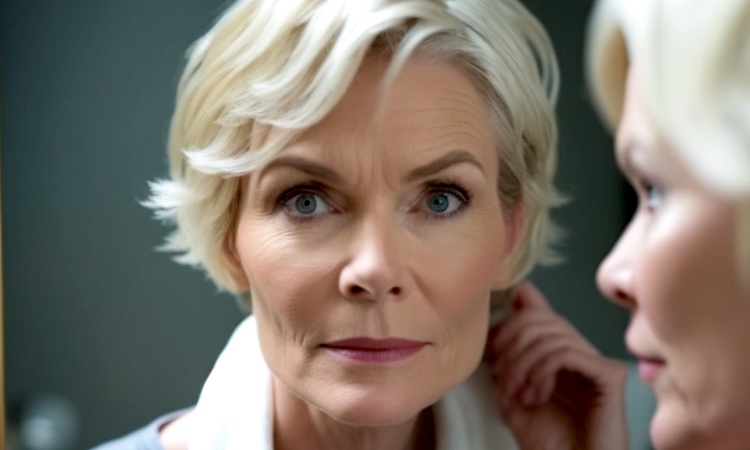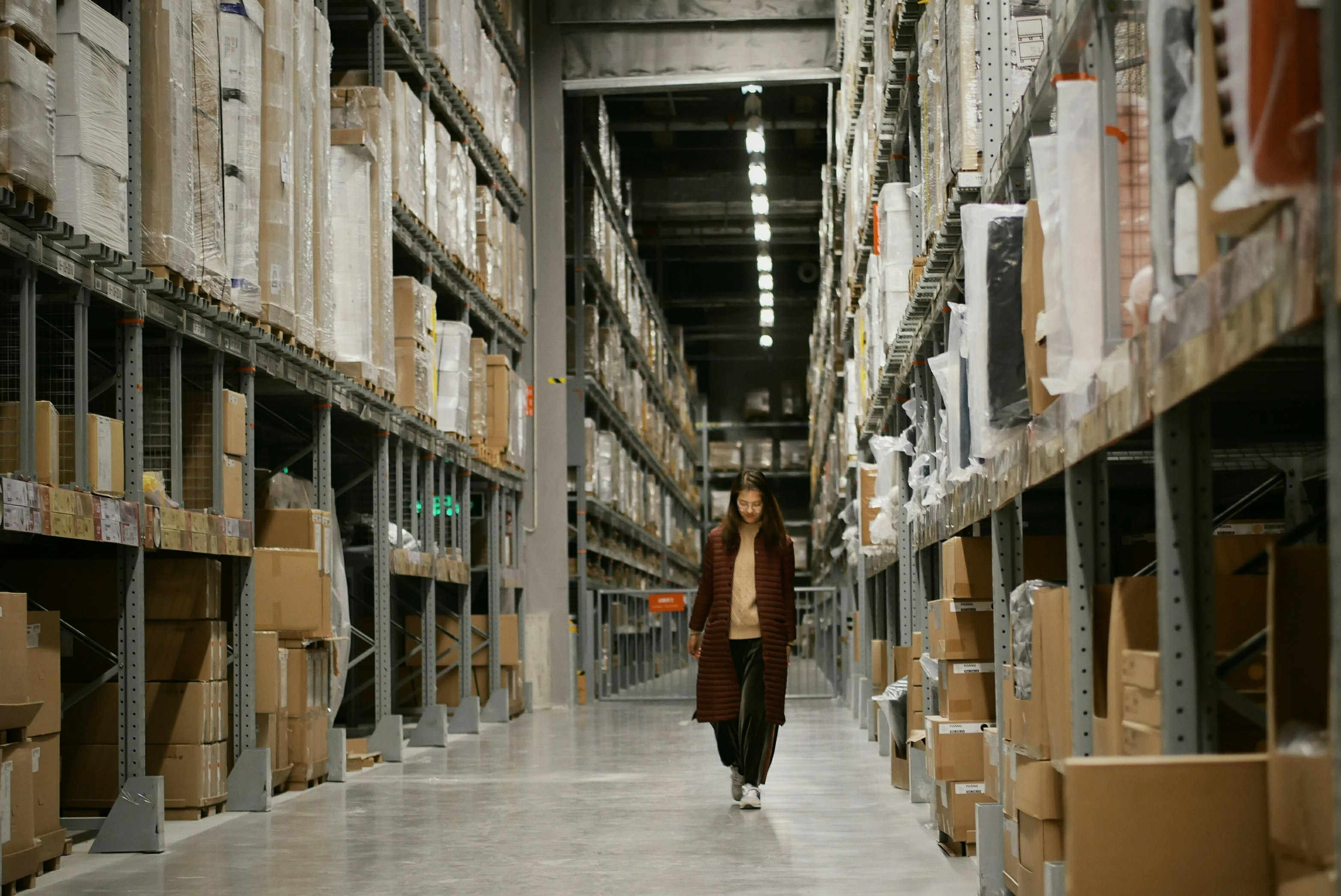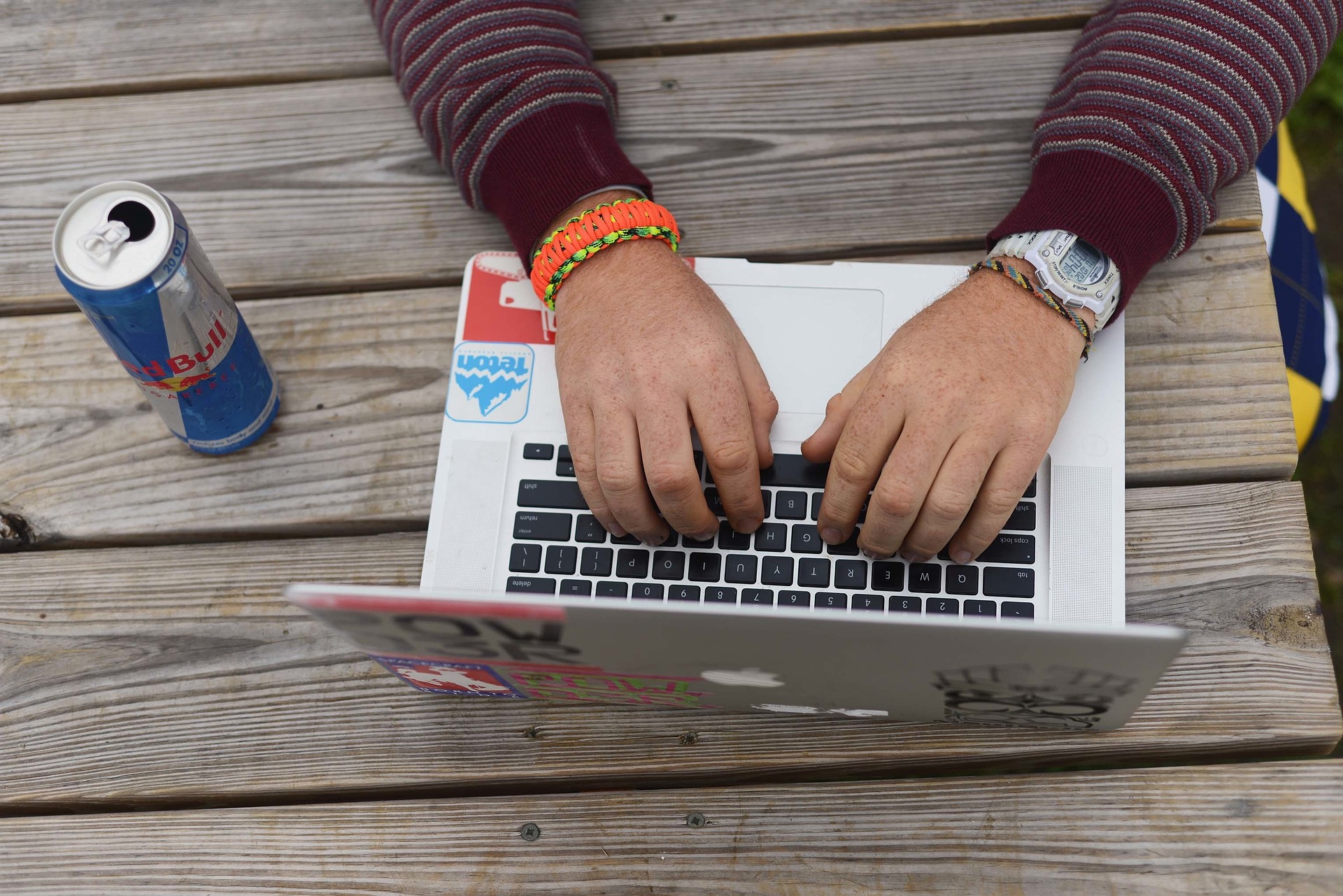Demystifying the World of Botox: A Comprehensive Guide
Botox has become a household name in the world of aesthetics, synonymous with the quest for eternal youth and beauty. This potent neurotoxin, derived from the bacterium Clostridium botulinum, has been a game changer in the field of cosmetic medicine. Yet, despite its widespread usage and popularity, there is a multitude of myths and misconceptions surrounding Botox. This article aims to demystify the world of Botox, delving into its history, current trends, and the impact it has had on the beauty industry.

The Birth and Evolution of Botox
Botox, or botulinum toxin, was first identified in the late 19th century during an investigation into a series of food poisoning cases. It was not until the 1980s that it found its first medical application for treating strabismus, a condition causing misaligned eyes. The use of Botox in the realm of cosmetic medicine began in the early 2000s, when the US FDA approved its use for treating moderate to severe frown lines.
Since then, the use of Botox has expanded beyond wrinkle-smoothing. It is now being used to treat a variety of medical conditions, including migraines, excessive sweating, and even depression. This versatility of Botox has contributed significantly to its popularity and widespread acceptance.
Understanding the Botox Procedure
Botox works by blocking nerve signals in the muscles where it is injected. This causes the muscles to relax, leading to a reduction in the appearance of wrinkles. The procedure is relatively quick and painless, usually taking less than 20 minutes with minimal downtime.
However, the results are not permanent. The effects of Botox typically last between three to six months, depending on the individual’s body metabolism. Regular top-ups are required to maintain the effects, making it a continuous commitment rather than a one-time solution.
The Impact of Botox on the Beauty Industry
The advent of Botox has revolutionized the beauty industry, offering a non-invasive, relatively affordable option for those seeking to maintain a youthful appearance. It has also opened up new avenues for aesthetic medicine, with practitioners constantly exploring new uses for the toxin.
However, the popularity of Botox has also led to a surge in unqualified practitioners offering the treatment, leading to a rise in botched procedures and complications. This has raised concerns about the need for stricter regulations and standards in the industry.
Perception and Reception of Botox
Botox has undoubtedly faced its share of controversy and criticism. Critics argue that its widespread usage promotes unrealistic beauty standards and contributes to a culture of ageism. Others raise concerns about the long-term effects of regular Botox use, which are still not fully understood.
However, despite these criticisms, the demand for Botox continues to grow. Many view it as a way to take control of their aging process and boost their self-esteem. The increasing societal acceptance of cosmetic procedures, fueled in part by celebrity endorsements and the influence of social media, has also contributed to its popularity.
Botox: A Matter of Personal Choice
Fundamentally, the use of Botox is a personal choice. While it offers a quick and relatively easy solution for those seeking to maintain a youthful appearance, it is not without its risks and limitations. As with any medical procedure, it is crucial to do thorough research, understand the potential side effects, and seek treatment from a qualified professional.
In conclusion, Botox has undeniably left an indelible mark on the beauty industry. As we continue to grapple with the societal implications of our obsession with youth and beauty, it is clear that Botox, for better or worse, is here to stay.




